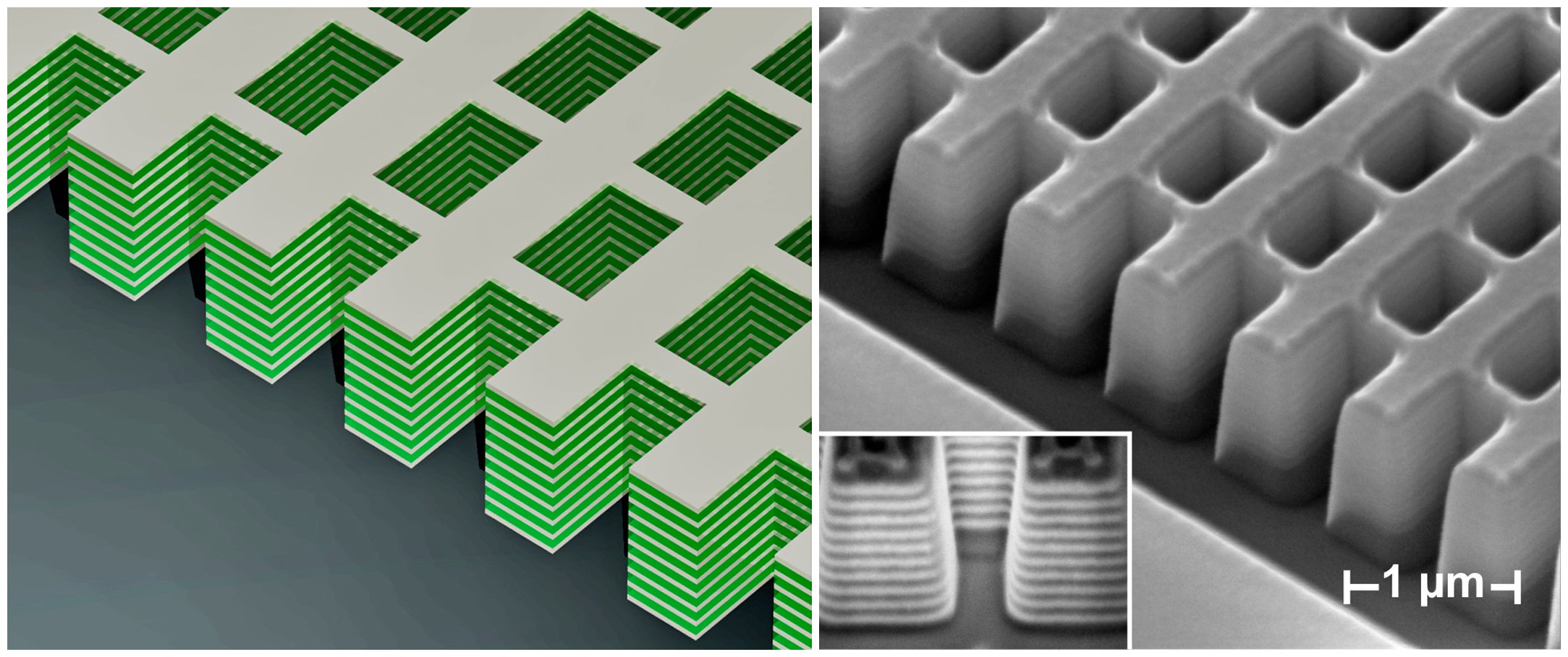New 'active' invisibility cloak design 'drastically reduces' visibility
Research from the US shows the limitations of current 'passive' designs and points the way towards new, 'actively' powered metamaterials

A new type of “active” invisibility cloak that could operate over a broad range of frequencies has been developed by researchers at the University of Texas in Austin.
By employing a “superconducting thin film” that is electrically powered the cloak could overcome the limitations of current “passive” designs.
Scientists have previously created small-scale invisibility cloaks that work only in response to very limited types of light. The researchers at the University of Texas give the example of an object that is made invisible to red light, but becomes bright blue as a result, “increasing its overall visibility”.
"Our active cloak is a completely new concept and design, aimed at beating the limits of [current cloaks] and we show that it indeed does," Professor Andrea Alù, a lead author on the study, told the BBC.
"If you want to make an object transparent at all angles and over broad bandwidths, this is a good solution […] We are looking into realising this technology at the moment, but we are still at the early stages."
The Austin team began their research by surveying current designs, concluding that achieving complete invisibility is “impossible” using current designs that rely on “passive” metamaterials.
Metamaterials are manmade and have physical properties unknown in nature. They redirect types of radiation so that they bend around an object and make it invisible. However, they can only be ‘set’ to work at specific frequencies at any one time, and can actually become more visible to other portions of the spectrum.
“When you add material around an object to cloak it, you can't avoid the fact that you are adding matter, and that this matter still responds to electromagnetic waves," said Professor Alù.
The solution proposed by the University of Texas team is to create “active” invisibility cloaks that are electrically powered, dispersing small amounts of electrical current across a metamaterial surface to effectively cloak a range of frequencies “orders of magnitude broader” than current designs.
The technology proposed in the paper would also allow cloaks to be thinner and lighter than current designs, opening forward the possibility of invisibility being deployed outside of the lab.
Whilst active invisibility cloaks of the type proposed in the paper have yet to be built, the research of Professor Alù’s team has been greeted as a tentative step forward for the technology’s development.

Join our commenting forum
Join thought-provoking conversations, follow other Independent readers and see their replies
Comments
Bookmark popover
Removed from bookmarks